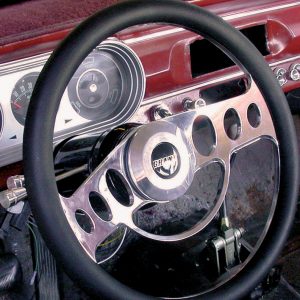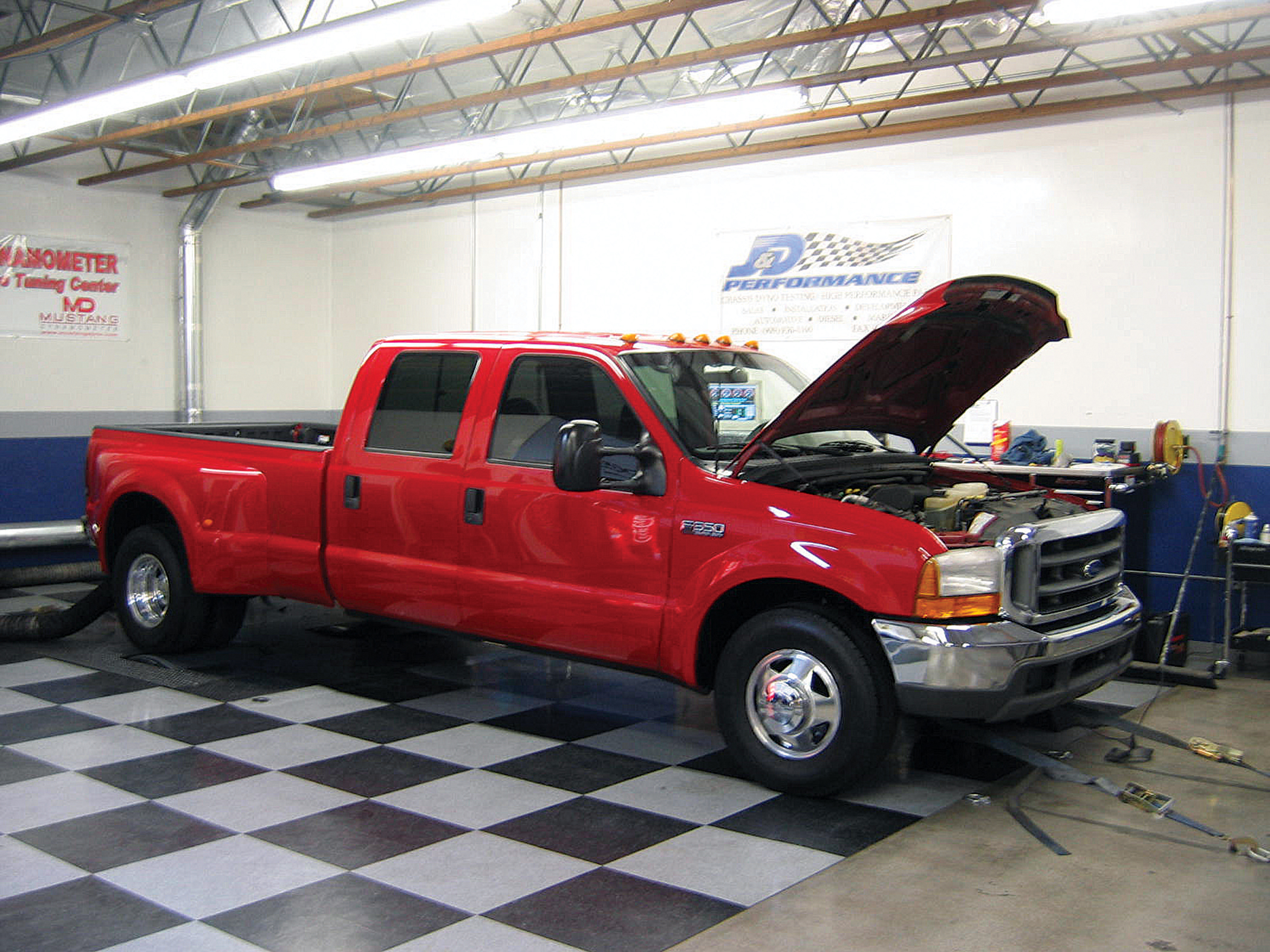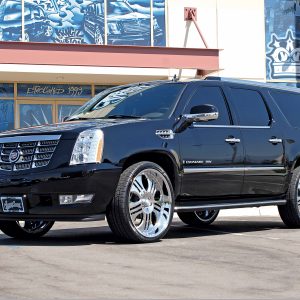


THE AUTO BUILDER
Featured
- All Post
- 20 High Priority - SR Super Rod
- Builds
- 25 High Priority - FB Ford Builder
- Cars
- 30 High Priority - AR American Rodder
- 01 Post Status
- 35 High Priority - RD Rodders Digest
- 40 High Priority - OTR On the Road
- 45 High Priority - SRB Street Rod Builder
- 50 High Priority - TB Truck Builder
- 55 High Priority - BSCENE Buckaroo Scene
- 60 High Priority - FPB Family Power Boat
- Trucks
- Swaps
- Performance Boats
- _000 Home Sliders
- Builders
- 00 Sidebars
- Manufacturers
- 05 High Priority - HCI Hot Compact Imports
- 05 Publications
- 10 High Priority - CR Chevy Rumble
- Back
- Chassis
- Engine
- Fuel System
- Electrical
- Exhaust
- Transmission / Drivetrain
- Suspension
- Steering
- Brakes
- Wheels and Tires
- Interior
- Exterior
- Accessories
- Power Adders
- Back
- Chassis
- Engine
- Fuel System
- Electrical
- Exhaust
- Transmission / Drivetrain
- Suspension
- Steering
- Brakes
- Wheels and Tires
- Interior
- Exterior
- Accessories
- Power Adders
- Back
- Chassis
- Engine
- Electrical
- Exhaust
- Fuel System
- Transmission / Drivetrain
- Suspension
- Steering
- Brakes
- Wheels and Tires
- Interior
- Exterior
- Accessories
- Power Adders
- Back
- Chassis
- Engine
- Electrical
- Exhaust
- Fuel System
- Transmission / Drivetrain
- Suspension
- Steering
- Brakes
- Wheels and Tires
- Interior
- Exterior
- Accessories
- Power Adders
- Back
- Chassis
- Engine
- Fuel System
- Electrical
- Exhaust
- Transmission / Drivetrain
- Suspension
- Steering
- Brakes
- Wheels and Tires
- Interior
- Exterior
- Accessories
- Power Adders
- Back
- Chassis
- Engine
- Fuel System
- Electrical
- Exhaust
- Transmission / Drivetrain
- Suspension
- Steering
- Brakes
- Wheels and Tires
- Interior
- Exterior
- Accessories
- Power Adders
- Back
- Chassis
- Engine
- Fuel System
- Electrical
- Exhaust
- Transmission / Drivetrain
- Suspension
- Steering
- Brakes
- Wheels and Tires
- Interior
- Exterior
- Accessories
- Power Adders
- Back
- Engine
- Fuel System
- Electrical
- Outdrives
- Steering
- Interior
- Accessories
- Power Adders
- Exterior and Hull
- Back
- Chassis
- Engine
- Electrical
- Exhaust
- Fuel System
- Transmission / Drivetrain
- Suspension
- Steering
- Brakes
- Wheels and Tires
- Interior
- Exterior
- Accessories
- Power Adders
- Back
- Chevrolet
- Cadillac
- Pontiac
- AMC
- Buick
- Jeep
- Lincoln
- Ford
- Honda
- GMC
- BMW
- Mitsubishi
- Dodge
- Nissan
- Chrysler
- Subaru
- Toyota
- Plymouth
- Mercury
- Volvo
- Volkswagen
- Oldsmobile
- Acura
- Back
- 05 Pub HCI Hot Compact Imports
- 15 Pub 4x4 4x4 Builder
- 20 Pub SR Super Rod
- 25 Pub FB Ford Builder
- 30 Pub AR American Rodder
- 35 Pub RD Rodders Digest
- 40 Pub OTR On the Road
- 55 Pub BSCENE Buckaroo Scene
- 10 Pub CR Chevy Rumble
- 50 Pub TB Truck Builder
- 60 Pub FPB Family Power Boat
- 45 Pub SRB Street Rod Builder
- Back
- Chip Foose
- Ring Brothers
- Jack Fuller
- Bob Cullipher
- Jerry Nichols
- Bobby Alloway
- Jesse James
- Carl Casper
- J.F. Launier
- Steve Sellers
- Boyd Coddington
- Rad Rides by Troy
- Cal Auto Creations
- George Barris
- West Coast Customs
- Back
- Street Rods
- Hot Rods
- Late Model
- Drag Race
- Handling
- Compact Cars
- Chassis
- Engine
- Fuel System
- Electrical
- Exhaust
- Transmission / Drivetrain
- Suspension
- Steering
- Brakes
- Wheels and Tires
- Interior
- Exterior
- Accessories
- Power Adders
- Chassis
- Engine
- Fuel System
- Electrical
- Exhaust
- Transmission / Drivetrain
- Suspension
- Steering
- Brakes
- Wheels and Tires
- Interior
- Exterior
- Accessories
- Power Adders
- Chassis
- Engine
- Electrical
- Exhaust
- Fuel System
- Transmission / Drivetrain
- Suspension
- Steering
- Brakes
- Wheels and Tires
- Interior
- Exterior
- Accessories
- Power Adders
- Chassis
- Engine
- Electrical
- Exhaust
- Fuel System
- Transmission / Drivetrain
- Suspension
- Steering
- Brakes
- Wheels and Tires
- Interior
- Exterior
- Accessories
- Power Adders
- Chassis
- Engine
- Electrical
- Exhaust
- Fuel System
- Transmission / Drivetrain
- Suspension
- Steering
- Brakes
- Wheels and Tires
- Interior
- Exterior
- Accessories
- Power Adders
- Chassis
- Engine
- Fuel System
- Electrical
- Exhaust
- Transmission / Drivetrain
- Suspension
- Steering
- Brakes
- Wheels and Tires
- Interior
- Exterior
- Accessories
- Power Adders
- Back
- 05 Post Imported
- 20 Post Missing Images (All)
- 25 Post Missing Images (Partial)
- 15 Post In Progress
- 30 Post Internal Review
- 40 Post On Hold
- 50 Post Approved
- 10 Post Images Imported
- 17 Post Missing TXT Files
- 18 Post Missing PDF Files
- 27 Post Missing Content
- Back
- Chassis
- Engine Swaps
- Interior Swaps
- Driveline
- Back
- Street Trucks
- OffRoad Trucks
- Chassis
- Engine
- Fuel System
- Electrical
- Exhaust
- Transmission / Drivetrain
- Suspension
- Steering
- Brakes
- Wheels and Tires
- Interior
- Exterior
- Accessories
- Power Adders
- Chassis
- Engine
- Fuel System
- Electrical
- Exhaust
- Transmission / Drivetrain
- Suspension
- Steering
- Brakes
- Wheels and Tires
- Interior
- Exterior
- Accessories
- Power Adders
- Back
- 01 Sidebar Left
- 01 Sidebar Right
Spotlighter
POPULAR READS
PUMP THE POWER: PART 1
Installing a Full Banks Power Pack on a Ford V-10 F-350
Author

Bob Carpenter
Photography by Jeremy Lachenmyer
Introduction: Changing Lifestyles and Increased Demands on Trucks
Our lifestyles have changed, and we are an active group. As such, the loads we’ve asked our trucks to haul have gotten larger and heavier, and tow vehicles especially have had to become more powerful and more fuel-efficient to be able to safely and economically tow these heavy loads. It is no longer an oddity to see big, muscular trucks cruising to and from events of one type or another. When you look in the parking lot at many such events, you’ll find yourself treated to a virtual truck show, as tow rigs nowadays are every bit as show-worthy as the vehicles and/or boats or trailers they are towing.
The Rise of Diesel-Powered Trucks
As we walk the boat ramps, off-road areas, construction sites, and other places where trucks rule the planet—and that’s just about everywhere nowadays—it seems that diesel-powered trucks are becoming more predominant. Before the price of diesel fuel rose excessively high—just the other day we saw it for $2.90 a gallon in our old neighborhood (California) and it was $2.10 in our new neighborhood (Tennessee)—diesel power made all the sense in the world.
Diesel vs. Gas: A Consumer’s Dilemma
So what kinds of games are being played with the diesel-buying public, especially California diesel drivers? It seems a bit excessive to us. It also seems that diesel-powered trucks outnumber gas-powered no matter where you go, east or west, although there is still a significant group of consumers who choose gas over diesel. While you cannot deny the cost benefits of diesel power, the gas companies have noticed this trend toward diesels, too, and what was once the cheap of the cheap, “bottom barrel” fuel, has been reformulated for emissions, giving those companies the opportunity to charge diesel guys as much for a gallon of diesel as for a gallon of premium gas! There ought to be a law, and perhaps one day there will be, but oil interests are strong in Washington, so any such movement may not come soon.
Power Options for Gas-Powered Trucks: J&D Performance
Like their diesel counterparts, gas-powered truck owners are always looking for ways to give their vehicles even more power and better mileage. To find out what kind of power options there are for gas-powered trucks, we went to J&D Performance in Ontario, California. We’ve seen what kind of power and performance the guys at J&D can make in a diesel-powered truck, so we figured we’d follow along as they wrenched more power out of a common gas-powered truck. After a quick phone call, we were set. The guys at J&D had a customer’s stock 1999 Ford F-350 dualie with a 6.8-liter V-10 ready for buildup. Here’s how it went.
Baseline Testing of the Stock Truck
Our test truck was bone stock with 92,000 miles. The truck is used as a daily driver and does part-time duty towing a 28-foot toy box during the winter months and a 25-foot boat during the summer months. According to the owner, the truck runs well but is underpowered for its size. The owner wanted more power for daily driving and towing but did not want to sacrifice mileage, economy, or smog-legal status.
Initial Road and Dyno Evaluations
To start off, the crew at J&D did some baseline evaluations of the stock truck. The first tests were done on the road. The truck was put through four on-road evaluations: the 1/8-mile, the 1/4-mile, 30-50 mph, and 50-70 mph. In stock trim, the truck ran the 1/8-mile in 11.01 seconds at 65.76 mph, the 1/4-mile in 17.04 seconds at 81.58 mph, 30-50 mph in 3.92 seconds, and 50-70 mph in 5.77 seconds. On the road, the truck produced 11.5-12.5 mpg during normal driving. With the on-road evaluations complete, J&D put the truck on its in-house chassis dyno for some baseline, rear-wheel power numbers. On the dyno, the truck made 207.81 horsepower at 4,400 rpm and 314.87 lb-ft of torque at 2,900 rpm.
Improving Power and Economy: The Banks Power Pack
J&D knows that the best way to improve power and economy in a gas-powered truck is to improve airflow into the engine, and then to improve the exhaust flow out of the engine. Once that is complete, adjusting fuel and timing will optimize power output and fuel economy.
The crew at J&D decided to do this buildup as a two-part series. First, being a local Banks Power dealer, the crew set out to install a full Banks Power Pack. Second, they set out to further improve power and performance by adding hand-selected items they know make “real-world” power (a high-flow catalytic converter, a larger intake system, a computer programmer, and a larger throttle body). The second installment will be featured in an upcoming issue.
Installation of the Banks Power Pack
For the first part of the buildup, J&D worked with the crew at Banks and began the process of installing the full Banks Power Pack. They started by removing the stock exhaust and installing the Power Pack’s full-length headers, Y-pipe, and after-cat exhaust system. Banks’ headers are made using a .625-inch flange and stainless steel head pipes. Banks’ after-cat exhaust system uses the Banks monster muffler and stainless, 3-inch, mandrel-bent tubing. With the exhaust complete, J&D and Banks installed the air filter replacement and the Banks Trans Command to improve transmission function. The stock air filter assembly was replaced with a Banks custom housing, which dramatically improves the flow of air into the engine. The Trans Command increases transmission line pressure, changes shift points and converter lockup points, and helps eliminate unnecessary downshifting while towing on long grades.
Evaluation of Performance Gains with the Banks Power Pack
With the first part of the installation complete, the truck was taken back to the street for an evaluation of the Power Pack system. The truck was put through the same four on-road evaluations as before and ran the 1/8-mile in 10.08 seconds at 68.47 mph, the 1/4-mile in 15.94 seconds at 83.49 mph, 30-50 mph in 3.10 seconds, and 50-70 mph in 4.90 seconds. The power pack produced an improvement of .93 seconds and 2.71 mph in the 1/8-mile, 1.1 seconds and 1.91 mph in the 1/4-mile, .82 seconds at 30-50 mph, and .87 seconds at 50-70 mph. During normal driving, the truck produced 12.7-13.5 mpg (a 1-1.2 miles-per-gallon improvement over stock).
Dyno Testing Results After Power Pack Installation
With the on-road evaluations complete, J&D put the truck back on its in-house chassis dyno for the Power Pack’s rear-wheel power numbers. On the dyno, the truck made 232.96 horsepower at 3,900 rpm and 343.06 lb-ft of torque at 3,400 rpm. These numbers showed an increase of 25.15 horsepower and 28.19 lb-ft of torque at the rear wheels. Once the dyno testing was complete, the truck was returned to its owner for evaluation. The owner reported a substantial power increase, a noticeable mileage increase, and an overall improvement in driveability, proving that statistical improvement can be felt in the seat of the pants in real-world applications.
Conclusion and Next Steps
For the first part of this buildup, we learned that by simply improving the flow of air into the engine and the flow of exhaust out of the engine, we were able to significantly improve the usable power of the truck. In our second installment, we’ll follow along as the crew at J&D adds their own selection of parts to further improve the power and mileage of the 1999 V-10.
ARTICLE SOURCES

J&D Performance
1718 South Grove Ave., Unit B
Ontario, CA 91761
909-930-1100

Banks Power
Gale Banks Engineering
546 Duggan Ave.
Azusa, CA 91702
800-601-8072















